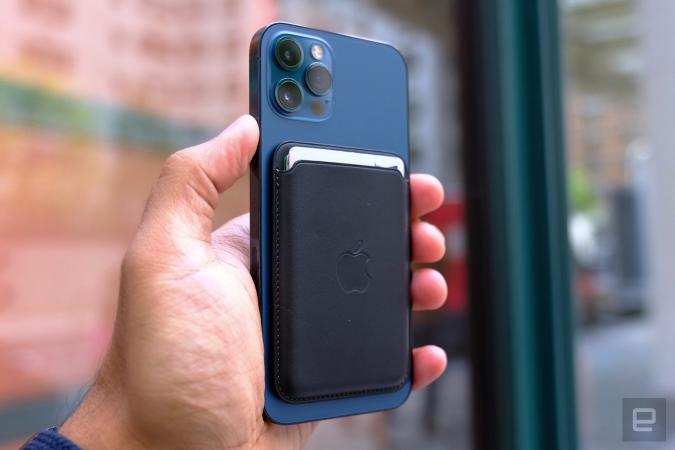
Placing the iPhone on top of the skin or very close to devices "resulted in clinically identifiable magnet interference" in all three in vivo devices that were tested and in eight out of 11 ex vivo devices. The iPhone was able to “trigger magnetic reversion mode” on one ex vivo device “at a distance up to 1.5cm."
Apple states in an advisory that the iPhone 12 doesn't "pose a greater risk for magnet interference when compared to the older generation iPhones," the paper, which was published in the Journal of the American Heart Associationnotes. "However, our study suggests otherwise as magnet response was demonstrated in 3/3 cases in vivo. In comparison to the older generation iPhone 6, a study performed by Lacour et al, found no cases of magnet response in a sample size of 148 patients."
Ppotential interference could occur when someone places a MagSafe device in a coat or shirt pocket over their chest, which the researchers say "can lead to asynchronous pacing or disabling of antitachycardic therapies." A strong enough external magnet can cause issues with many cardiac implantable electronic devices (CIED), as the paper notes, so the issue isn't exclusive to MagSafe technology.
The researchers say their findings highlight "the importance of public awareness regarding an interaction between CIEDs and a recently released smartphone model with magnetic charging capability. Although the Food and Drug Administration website states that cellphones do not pose a significant health risk for patients with these devices, they do acknowledge that certain precautions may be advisable."
Apple revised its MagSafe support document in January. It recommends that iPhone 12 users keep the device at least six inches away from medical implants. The paper's authors also suggested patients should "consult with a heart rhythm specialist regarding recommendations specific to their smartphone and CIED."
As AppleInsider notes, the findings of the study align with one from the Heart Rhythm Journal, which pointed out that the iPhone 12 can affect CIEDs when it's placed on or very close to the implant. The AHA paper also recommends a wider study of the issue.
